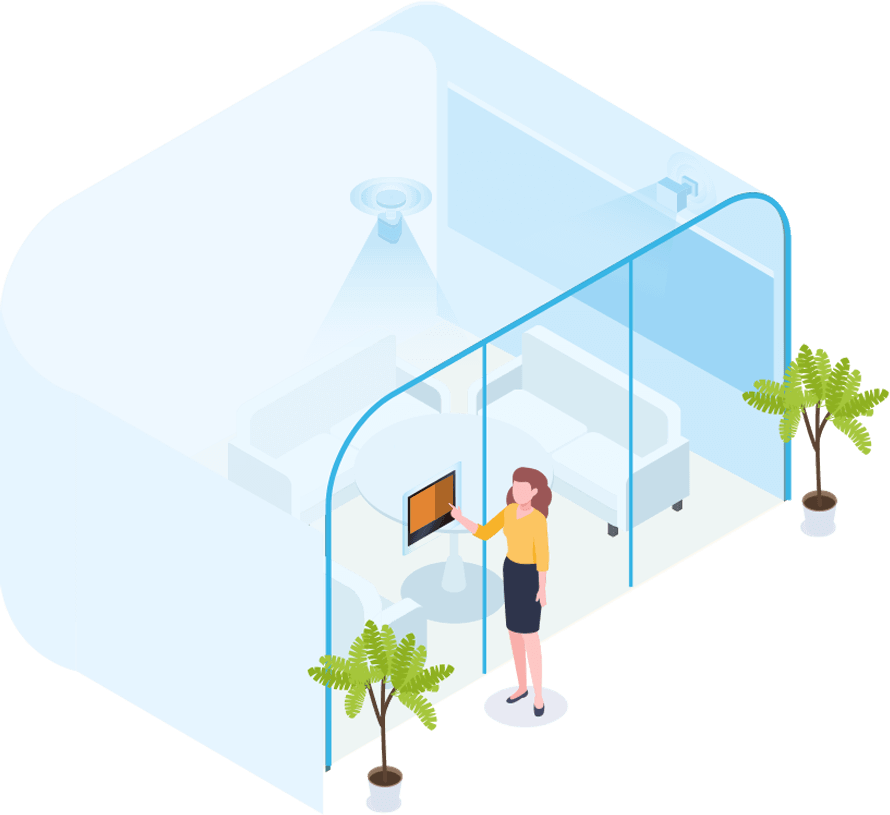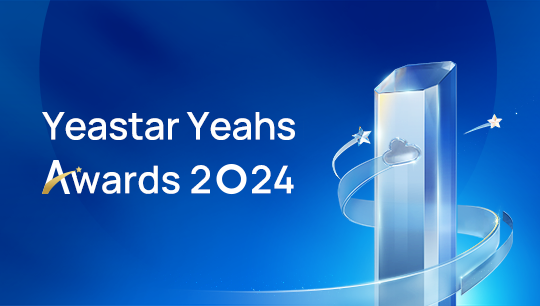Flexible Work
What is Flexible
Work?
Flexible work is a new way of working that breaks the traditional norm of a rigid 9-to-5, in-office working structure. It takes individual’s personal needs into account and is often involved with greater freedom over when, where, or how to work. In the post-pandemic era (post-2020), flexible working is typically equivalent to “working from home”, “remote working”, “hybrid work”, and “flexible hours”.
Flexible working arrangements have a significant impact on a healthy work-life balance. Some of the benefits include: improved organizational productivity, lower levels of stress, higher job satisfaction & employee retention, and improved business continuity during emergency circumstances.
5 Types of Flexible
Work Arrangement
Flexible work has numerous variations. The common flexible work arrangements include:
Flexi Time. Commonly known as flexible hours. This is where workers can choose when to start and end their workday.
Condensed Workweeks. This arrangement allows employees to work the same weekly working hours, yet on fewer days. For example, work 10 hours per day for the week and have three days off.
Job Sharing. Job sharing occurs when one full-time position or duty is shared by two or more employees who are paid on a pro-rata basis.
Telecommuting/Remote Work. Workers have the flexibility to do their jobs, full-time or part-time, at a different location from the office. Often it will mean working from home, but it could equally mean working from a public library, co-working space, etc.
Hybrid Work. Splitting the working time between the office and home. One typical type of hybrid work is “Activity-based Working (ABW)”, where people go to the office mainly for in-person collaboration or to do job that can’t be finished elsewhere.
Tools to Support
Flexible Working
Arrangement
Organizations implementing flexible work policies need greater employee management. Here are some tools that can potentially help employers to keep everything organized.
Workplace Scheduling. Workplace scheduling solutions like Desk Management and Meeting Room Booking System can give your employees control of where and when they work. Such system often comes with space booking and calendar features, so your employees can easily search for the available space in the office, and make a reservation in advance for their office hours and in-person meetings.
Time-tracking Software. Time-tracking software is a must for a flexible work hours program. This helps HR to record how long a worker works for the day, the week, or month.
Collaboration Tools.: This consists of office communications and collaboration systems like Yeastar PBX System, Microsoft Teams, Zoom Video Conferencing, which allows you to stay connected with each other, regardless of the locations.






